
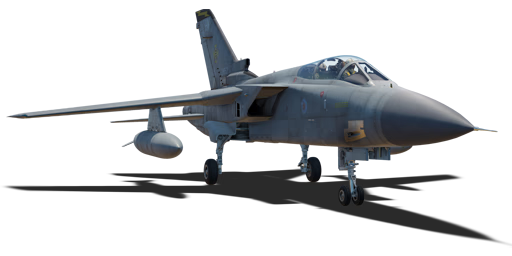


In 1996, it was more than apparent that the Tornado F.3 was severely outdated by contemporary fighter-interceptor standards, especially when compared to aircraft of the time like the F-22 and Su-27M (later redesignated as the Su-35). As a result, to fulfil the original plan for the Tornado F.3 to serve in the RAF until at least 2010, the Capability Sustainment Programme (CSP) was announced to upgrade the Tornado F.3 fleet with contemporary electronics, weapons, and various other improvements. These included radar and FCS upgrades to allow the Tornado F.3 to fire the new AIM-120 AMRAAM and AIM-9M missiles, to replace its aging Skyflash and AIM-9L selection. However, due to poor management of previous FCS and radar upgrades to the RAF fleet, a situation described as "fleets within the fleet" occurred where the lack of standardization in Foxhunter radar modifications and upgrades in the Tornado fleet directly resulted in the failure to properly integrate most of the CSP upgrades. As a result, the Foxhunter radar was not compatible with the AIM-120 AMRAAM's mid-course correction feature through datalinked inertial guidance. These problems would be finally ironed out after 2003 during the AMRAAM Optimisation Programme, or AOP, which standardised the Foxhunter upgrades to allow for AIM-120 datalink guidance for multiple targets.
The Tornado F.3 Late is a British jet fighter-interceptor introduced in Update "Seek & Destroy" to the top ranks of the tree. It builds on the basis of the previous Tornado F.3 in the tech tree by expanding the avionics suite and its missile selection. By having access to a more advanced radar, and the powerful AIM-120 active-radar homing missile, the Tornado F.3 Late is capable of dispatching enemies at a much safer distance than possible before with the Skyflash. And if you find yourself dangerously close to an enemy, then a radar-slaved AIM-9M will almost always make short work of them if they are manoeuvring around your frontal hemisphere. All in all, the F.3 Late serves as a direct upgrade in offensive capability over the previous Tornado F.3, giving British aircraft players access to new and advanced weaponry on an already familiar platform.
flaps
flaps
flaps
brake
| Belt | Belt filling | Armor penetration (mm) at a distance: | |||||
|---|---|---|---|---|---|---|---|
| 10 m | 100 m | 500 m | 1000 m | 1500 m | 2000 m | ||
| PT/APHE/APHE/APHE | 57 | 53 | 41 | 29 | 21 | 15 | |
| PT/SAPHEI/AP/APHE | 58 | 54 | 41 | 29 | 21 | 15 | |
| PT/AP/AP/AP | 64 | 60 | 46 | 33 | 23 | 17 | |
| PT/SAPHEI/HEF/APHE | 48 | 45 | 34 | 25 | 18 | 12 | |
| SAPHEI/SAPHEI/APHE/APHE | 57 | 53 | 41 | 29 | 21 | 15 | |
| Name | Weight | Slot | ||||
|---|---|---|---|---|---|---|
| 84.5 kg |  |  | ||||
| 84.5 kg |  |  | ||||
| 160 × Сountermeasures (BOL) | 39.4 kg |  |  | |||
| 160 × Сountermeasures (BOL) | 123.9 kg |  |  | |||
| 160 × Сountermeasures (BOL) 2 × | 208.3 kg | 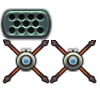 |  | |||
| 2 × | 168.9 kg |  |  | |||
| 160 × Сountermeasures (BOL) | 123.9 kg | 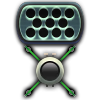 |  | |||
| 160 × Сountermeasures (BOL) 2 × | 208.3 kg | 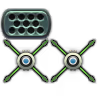 |  | |||
| 2 × | 168.9 kg |  |  | |||
| Drop tank (330 gal.) | 174 kg |  |  | |||
| Drop tank «Hindenburg» (495 gal.) | 200 kg |  |  | |||
| 2 × | 295.7 kg | 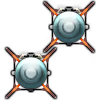 | ||||
| 4 × | 832.8 kg | 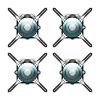 | ||||
| 4 × | 591.5 kg | 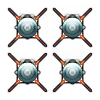 | ||||












Flight performance | |
|---|---|
Survivability |
|---|
Weaponry | ||
|---|---|---|